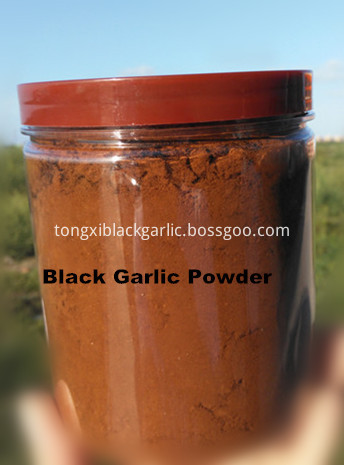Soybean fertilization heavy skills
To scientifically fertilize soybeans, organic fertilizers and inorganic fertilizers should be used in combination, and basic fertilizers should be reused, and fertilizers must be applied in a timely manner so that fertilizers can be reasonably and timely applied. First, increase the quality of organic fertilizer after maturity. Each hectare soybean field should be applied with more than 20,000 kg of organic fertilizer with an organic content of more than 8%, or more than 1,000 kg of pure farmyard fertilizer, combined with one-time application of base fertilizer. Second, the use of soil testing and fertilizer technology, nitrogen, phosphorus and potassium with a reasonable. Generally, the amount of fertilizer applied per hectare ranges from 18 to 36 kg of pure nitrogen, 46 to 92 kg of phosphorus pentoxide, and 30 to 60 kg of potassium oxide, which is converted into the actual amount of chemical fertilizer used. At the same time, the application of medium and trace element fertilizers, 15 to 30 kg of zinc sulfate per hectare. Third, fertilization methods should be scientific. Scientific fertilization is layered fertilization, which is the deep application of basal fertilizer and shallow application of fertilizer. The appropriate allocation ratio for layered fertilization is 3/4 of the total application amount of nitrogen, phosphorus and potassium fertilizers for the base fertilizer, and 1/4 of the total application amount of nitrogen, phosphorus and potassium fertilizers for the seed fertilizer. 1, base fertilizer. Three-quarters of the total amount of nitrogen, phosphorus and potassium fertilizers is used as a base fertilizer and applied to 8-12 cm of seed. In combination with organic fertilizers, it is usually applied in combination with the autumnal soil preparation. 2, seed fertilizer. One-fourth of the total application amount of nitrogen, phosphorus, and potassium fertilizers and some trace element fertilizers are used as seed fertilizers and applied to the seed 3 to 5 cm. Never use soybeans with nitrogen, phosphorus, and potassium fertilizers to avoid burning seed. However, molybdenum is an important part of soybean nitrogenase, and soy molybdenum has a good effect. Molybdenum is usually suitable for seed dressing. 1 kg of seed is mixed with 2 g of ammonium molybdate. The method is to use warm water (the ratio of water and seeds is 1:2) to open the molybdate ammonium in the basin, stir well, and then put the beans. Pour in, mix well, or mix in with pesticides. 3, top dressing. 1 top dressing. Refers to the period of flowering and podging of soybeans. In areas with poor soil fertility, when the base fertilizer and seed fertilizer cannot meet the growth and development requirements of soybeans, and the growth of soybean plants is weak, 50 to 75 kg of urea can be topdressed per hectare. 75~150 kg. If necessary, about 75 kg of potassium sulfate can be applied per hectare. Top dressing method: When using the shovel over the last time, apply the fertilizer evenly to the side of the bean. Pay attention not to touch the leaves when dressing, or close to the root, and then cover the soil. 2 outside the top dressing (also called foliar spray fertilizer). When the soil supply nutrient is sufficient, it can also be used. In the beginning of soybean flowering or the early days of drum grain, 5 to 7.5 kg of urea and 1 to 1.5 kg of potassium dihydrogen phosphate are used to spray 500 kg of water per hectare. Foliar spraying increases the yield significantly. Soybeans are sensitive to zinc deficiency and should normally be sprayed at flowering time. Generally, 0.2% zinc sulfate aqueous solution is used. The method is to use 100 grams of zinc sulfate per 667 square meters and 50 kg of water, mix well, and then choose to spray in the windless afternoon. , spray again every other week. Note that the concentration should not be too high to prevent fertilizer damage.
Black Garlic Powder is extracted from black garlic, it can be used in the production of black garlic cookies, capsule, baked goods, etc.
Black Garlic Production Process
Fresh organic garlic → Cleaning → Dehydration → Clip → Outfit fermentation dish → Fermentation room → Fermentation → Booth cool room → Ripen → Sterilization room → Black garlic sorting room → Inner packing → Outer packing → Black garlic storeroom

Black Garlic Powder
Black Garlic Powder,Organic Black Garlic Powder,Pure Black Garlic Powder,Black Garlic Extract Powder
Zhucheng Tongxi Commercial And Trade Co.,Ltd. , https://www.blackgarlicgroup.com